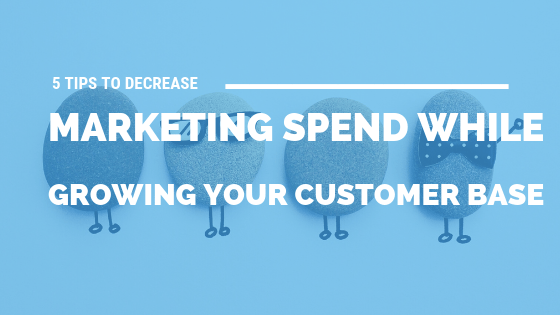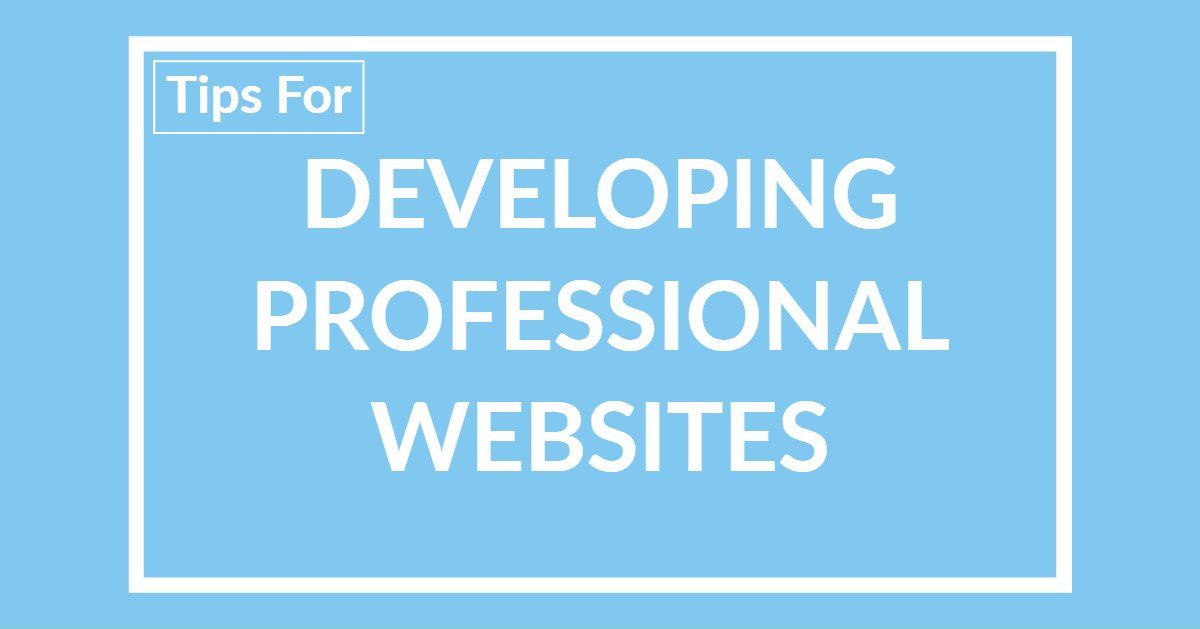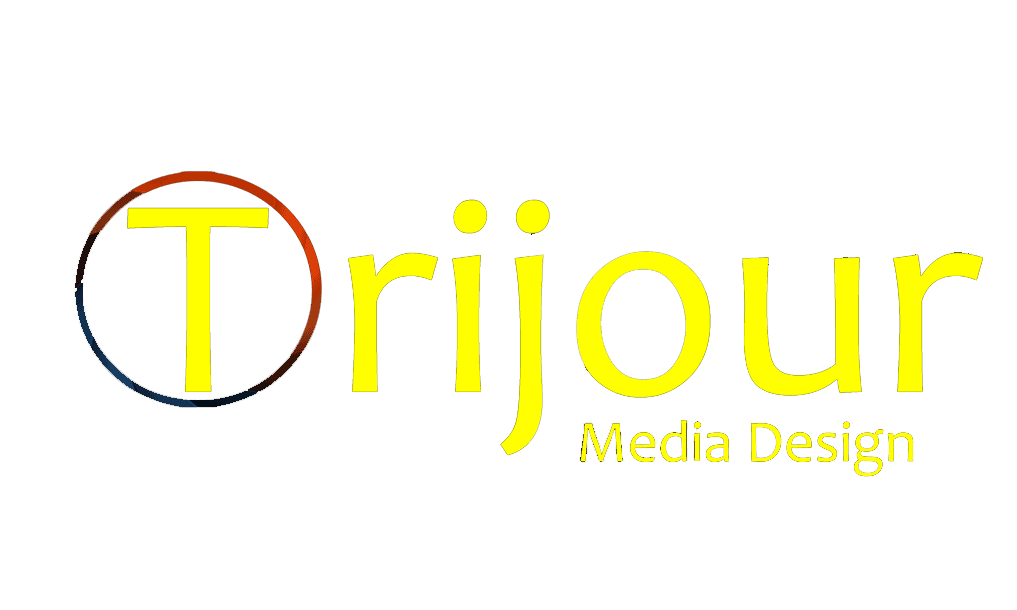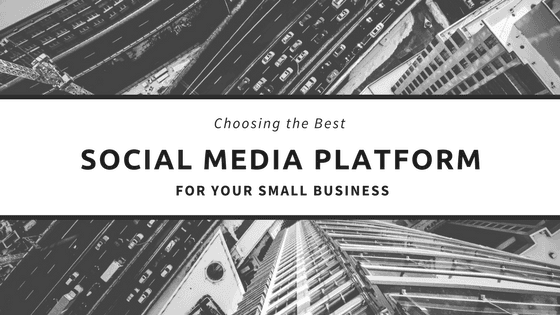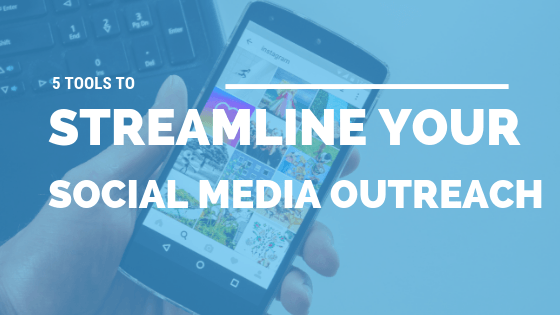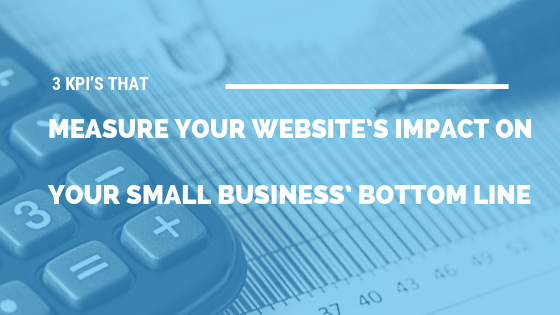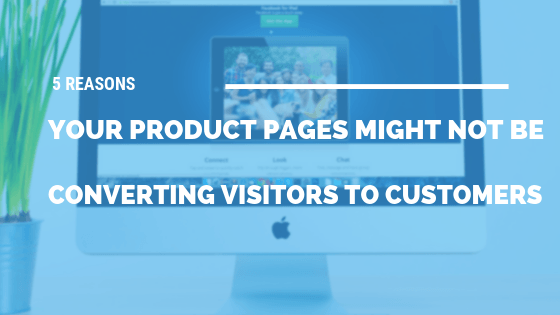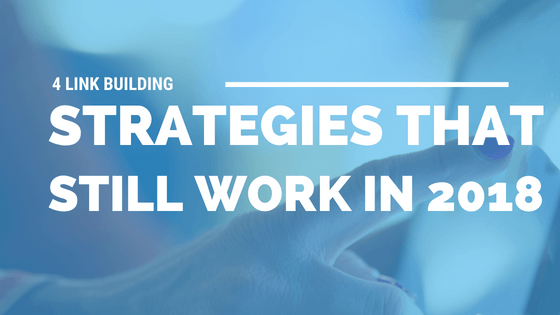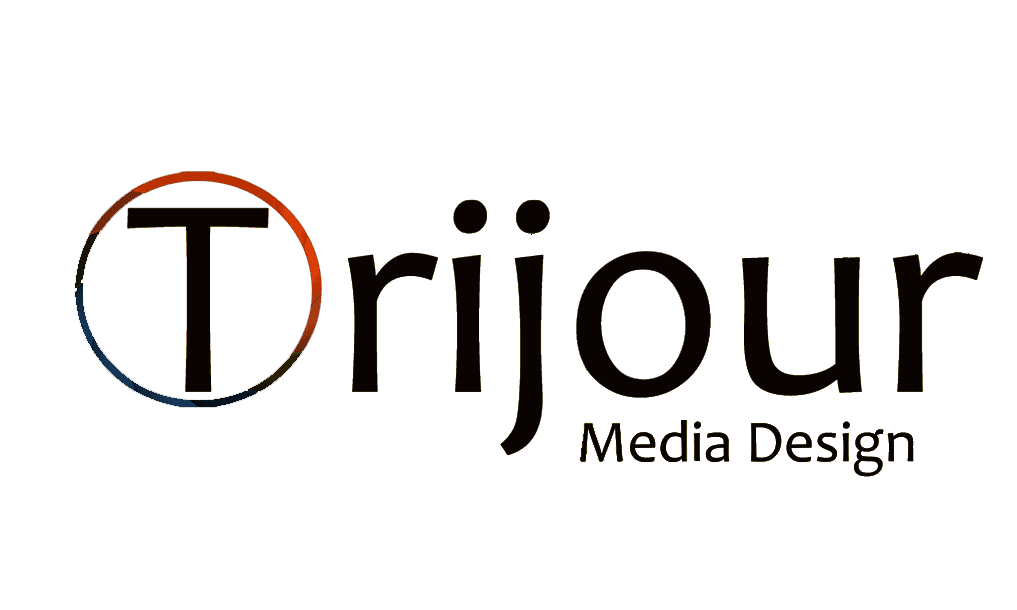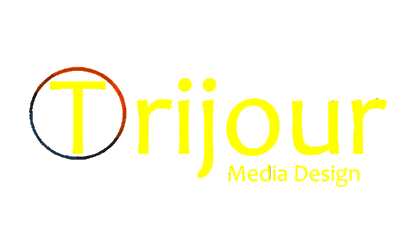Choosing the Best Social Media Platform for Your Small Business
If you’re part of a small business looking to expand or improve your web presence, you already know about the importance of social media. Social media sites make up a huge percentage of the total web usage worldwide. The engagement opportunities they offer to businesses are seemingly endless. Millions of dollars in sales are made daily as a result of promotions on social sites. But with so many social media platforms out there, it can be difficult to know which ones to focus your energy and resources on. Different platforms have different audiences and allow you to target different demographics. Let’s take a look at a few of the biggest social media platforms and what they have to offer your particular business.
Facebook eclipsed Myspace as the dominant social network within a few years of its launch, and it’s still a powerhouse today: 71% of adult Internet users are on the site, meaning Facebook grants you access to the largest possible audience. It’s expanded from its initial form as a friend-connecting and memory-sharing site to be a hub for media, with over 500 million people watching and sharing video content on the site daily, and it doesn’t have the character limitations of Twitter, meaning you can write longer text posts. But the demographics of Facebook users have skewed older as other platforms have come into play: only 9% of its users are 18-24, so if your target audience is younger, you might want to check out one of the hipper platforms listed below.
This social media platform is simpler than Facebook, with users posting 140-character messages or “tweets” that can include embedded videos or pictures. Twitter recently upgraded some users to 280 characters, but that’s still a limited amount of space to get your marketing message across. The plus side is that Twitter forces you to be concise in your messaging. It’s also great for directly connecting with customers, as Twitter’s instantaneous back-and-forth can facilitate brand interactions that seem truly personal, in a way those other networks don’t. With 35% of its user base under 29, it’s a younger crowd than Facebook, and Twitter is very niche centered, making it easy to market people based on who they follow.
While Twitter was essentially a simplified version of Facebook’s “status” feature, Instagram zeroed in on another popular aspect of social media, photo sharing. It’s since added video capabilities as well, and it’s a tremendously popular platform for influencers (people with large followings who partner with brands to leverage their fan base for marketing purposes). Instagram recently launched new business profiles. It’s a great platform for food-based businesses to post delectable images of their offerings. You can use the hashtag feature to encourage users to post testimonials and images of themselves with your product, too.
Snapchat
Snapchat boasts the youngest user base of any major social platform. Users send images and videos to each other or post them to a publicly available story, but in either case, they disappear from the platform after a set period of time, giving Snapchat a spontaneous feeling that many marketers are using to their advantage. If you’re targeting younger users and you feel capable of generating content on a daily or hourly basis, this is a great platform to focus on.
Pinterest lets users create curated “boards” where they “pin” things they’re interested in. Often, these include products, meaning businesses can use the platform to engage users with each new offering and invite them to pin them, publicly “repping” the brand. Pinterest has an ad platform called Propel that lets small businesses target niche audiences for relatively low prices. The demographics on Pinterest skew female, so if that’s your target market, it could be the platform for you.
